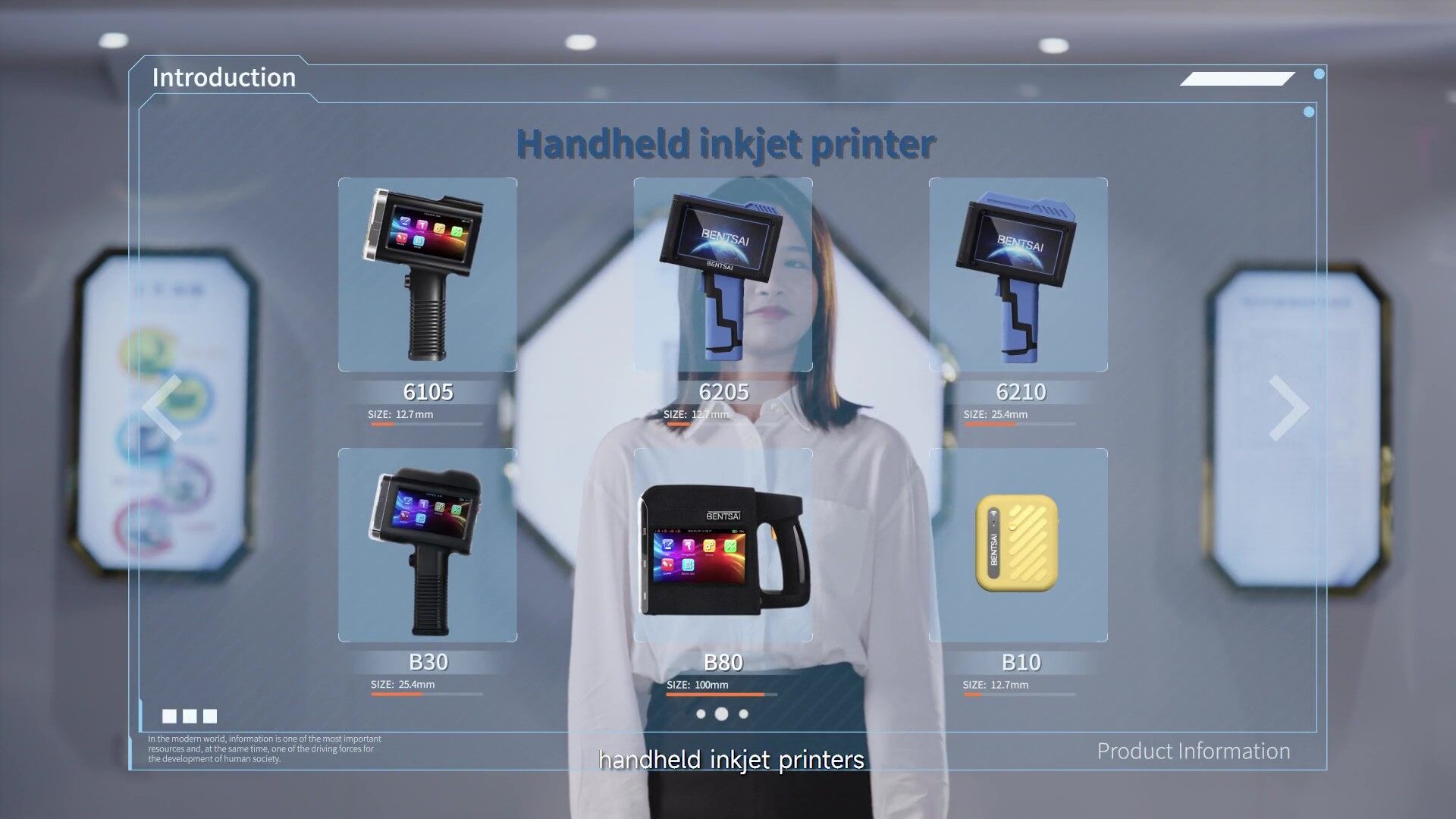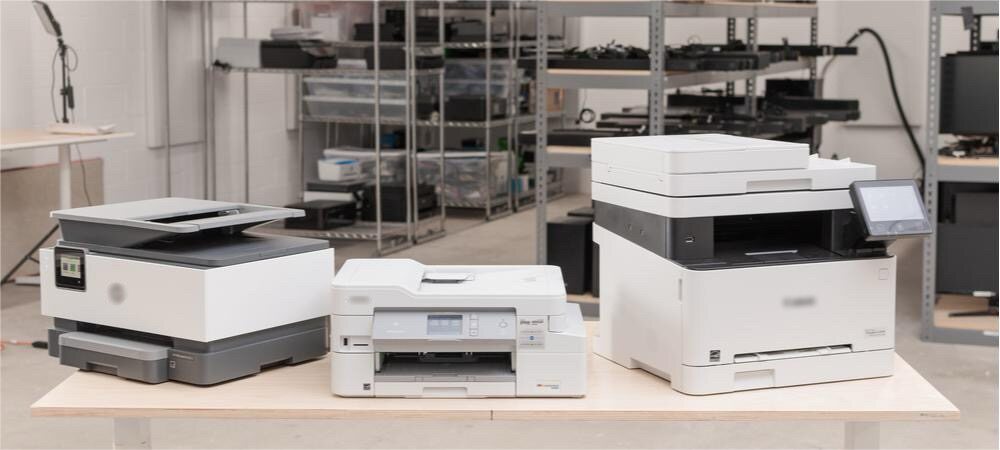Portable VS. Traditional Inkjet Printer: Who's Better for Small Business?
When it comes to equipping a small business with the right printing tools, the choice often boils down to two main types: portable inkjet printers and traditional inkjet printers (often non-portable and bulky) capable of printing on different surfaces. Both have their unique strengths and cater to different business needs. Understanding these differences is crucial in making an informed decision that aligns with your business objectives.
Comparison of Handheld and Traditional Inkjet Printers

1. Handheld Inkjet Printer Pros and Cons
These are compact, portable printers designed for on-the-go printing directly on various surfaces. They offer flexibility and ease of use, especially in dynamic business environments. Let's find out the pros and cons of this type of machine from the table below.
|
Pros |
Cons |
|
Portability: Easy to carry and use anywhere, ideal for businesses requiring mobility. |
Printing Volume: Not suitable for high-volume printing. |
|
Cost-saving: Lower upfront investment compared to industrial printers and cheaper in replacing inks. |
Print Quality Variability: Quality can vary on different materials, potentially impacting consistency. |
|
Surface Versatility: Can print on materials like metal, plastic, and wood. |
Connectivity Issues: Potential challenges in integrating with existing business systems. |
|
Ease of Use: User-friendly for quick, on-site printing with minimal setup or training. |
|
|
Customization: Allows for instant customization, which is perfect for small, individualized tasks. |
|

2. Traditional Inkjet Printer Pros and Cons
These are larger, stationary printers capable of handling a wide range of printing tasks, including printing on various surfaces. They are known for their print quality and efficiency. View the below table for traditional printer's advantages and downsides.
|
Pros |
Cons |
|
Print Quality: Higher resolution and quality, suitable for professional applications. |
Initial Investment: Higher upfront cost compared to handheld models. |
|
Volume and Efficiency: Better for larger print runs and continuous operation. |
Portability: Not suitable for on-the-spot or mobile printing needs. |
|
Additional Features: Often include advanced printing technologies and precise control. |
Space Requirement: Requires a dedicated space. |
|
Ink Color: Capable of printing colorful prints |
|
Future Trends in Handheld Inkjet Printers
According to Handheld Inkjet Printer Market Trends Report 2023, the segment of handheld inkjet printer has witnessed substantial growth from 2017 to 2022 and is estimated to continue its upward trajectory through 2029. This growth is indicative of the increasing adoption of these printers across various sectors, including industrial, food and beverage, logistics, and more.
Key Drivers of This Trend
- Technological Advancements: Continuous innovation is optimizing the performance of handheld printers, making them more efficient and versatile for a wider range of applications.
- Market Dynamics: There is a growing demand in sectors like logistics and food and beverage, where portable and versatile printing is essential.
- Adaptability: The ability of these printers to adapt to changing market conditions, as evidenced during the COVID-19 pandemic, highlights their resilience and utility.
Implications for Small Businesses
Small businesses can greatly benefit from these trends, as handheld printers become more advanced, cost-effective, and adaptable to various business needs. The ability to print on multiple surfaces on-the-go makes these printers a valuable asset for businesses that require flexibility and mobility in their operations.
Conclusion
Deciding between a handheld inkjet printer and a traditional inkjet printer for a small business depends largely on the specific needs of the business. If mobility, versatility, and on-the-spot printing are crucial, a portable inkjet printer is the ideal choice. However, for businesses that prioritize high-quality, high-volume printing in a fixed location, a traditional inkjet printer is more suitable.
With the handheld inkjet printer market evolving rapidly, small businesses that opt for this technology will find themselves well-equipped to adapt to changing market demands and technological advancements. As such, these printers are not just a tool for today but an investment for tomorrow, aligning with the future trends and growing demands of various industries.
Ask Question
No questions and answers

